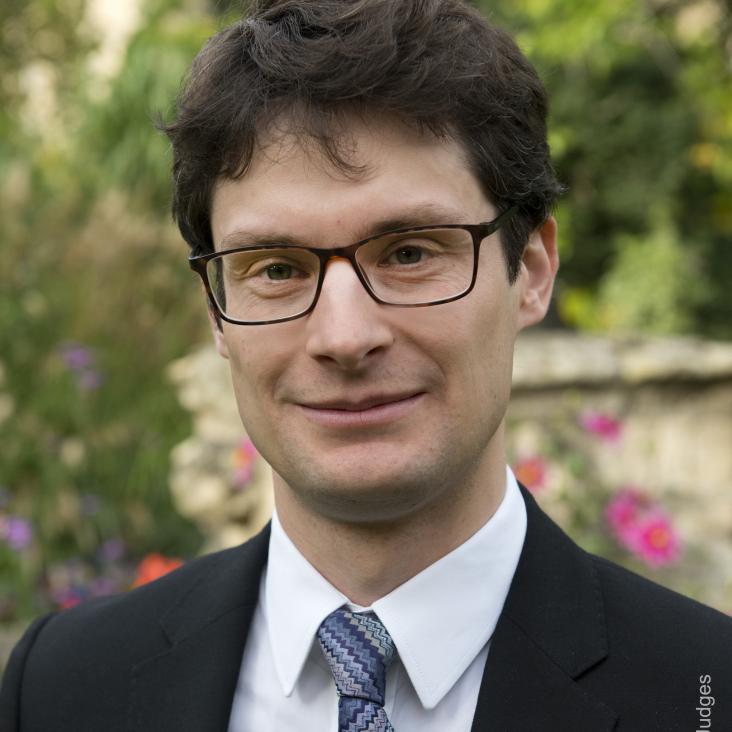Valence Bonds in Random Quantum Magnets: Theory and Application to YbMgGaO4
(2017)
Deconfined quantum critical points: Symmetries and dualities
Physical Review X American Physical Society 7:3 (2017) 031051
Abstract:
The deconfined quantum critical point (QCP), separating the Néel and valence bond solid phases in a 2D antiferromagnet, was proposed as an example of ð2 þ 1ÞD criticality fundamentally different from standard Landau-Ginzburg-Wilson-Fisher criticality. In this work, we present multiple equivalent descriptions of deconfined QCPs, and use these to address the possibility of enlarged emergent symmetries in the low-energy limit. The easy-plane deconfined QCP, besides its previously discussed self-duality, is dual to N f ¼ 2 fermionic quantum electrodynamics, which has its own self-duality and hence may have an Oð4Þ × Z T 2 symmetry. We propose several dualities for the deconfined QCP with SU(2) spin symmetry which together make natural the emergence of a previously suggested SO(5) symmetry rotating the Néel and valence bond solid orders. These emergent symmetries are implemented anomalously. The associated infrared theories can also be viewed as surface descriptions of ð3 þ 1ÞD topological paramagnets, giving further insight into the dualities. We describe a number of numerical tests of these dualities. We also discuss the possibility of “pseudocritical” behavior for deconfined critical points, and the meaning of the dualities and emergent symmetries in such a scenario.Quantum entanglement growth under random unitary dynamics
Physical Review X American Physical Society 7:3 (2017) 031016
Abstract:
Characterizing how entanglement grows with time in a many-body system, for example, after a quantum quench, is a key problem in nonequilibrium quantum physics. We study this problem for the case of random unitary dynamics, representing either Hamiltonian evolution with time-dependent noise or evolution by a random quantum circuit. Our results reveal a universal structure behind noisy entanglement growth, and also provide simple new heuristics for the “entanglement tsunami” in Hamiltonian systems without noise. In 1D, we show that noise causes the entanglement entropy across a cut to grow according to the celebrated Kardar-Parisi-Zhang (KPZ) equation. The mean entanglement grows linearly in time, while fluctuations grow like ðtimeÞ 1 = 3 and are spatially correlated over a distance ∝ ðtimeÞ 2 = 3 . We derive KPZ universal behavior in three complementary ways, by mapping random entanglement growth to (i) a stochastic model of a growing surface, (ii) a “minimal cut” picture, reminiscent of the Ryu-Takayanagi formula in holography, and (iii) a hydrodynamic problem involving the dynamical spreading of operators. We demonstrate KPZ universality in 1D numerically using simulations of random unitary circuits. Importantly, the leading-order time dependence of the entropy is deterministic even in the presence of noise, allowing us to propose a simple coarse grained minimal cut picture for the entanglement growth of generic Hamiltonians, even without noise, in arbitrary dimensionality. We clarify the meaning of the “velocity” of entanglement growth in the 1D entanglement tsunami. We show that in higher dimensions, noisy entanglement evolution maps to the well-studied problem of pinning of a membrane or domain wall by disorder.Dynamics of entanglement and transport in 1D systems with quenched randomness
(2017)
Operator Spreading in Random Unitary Circuits
(2017)


